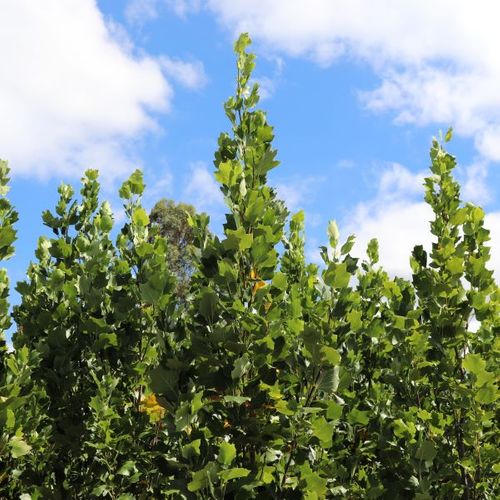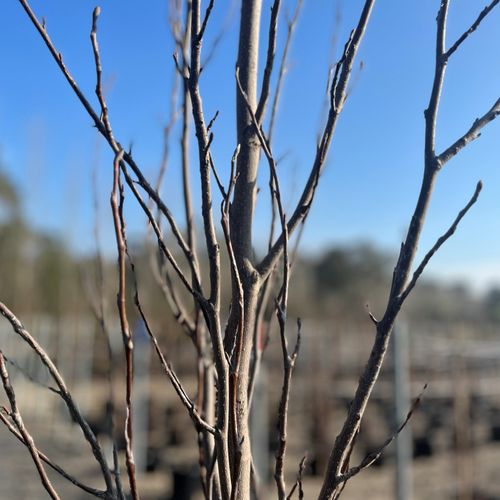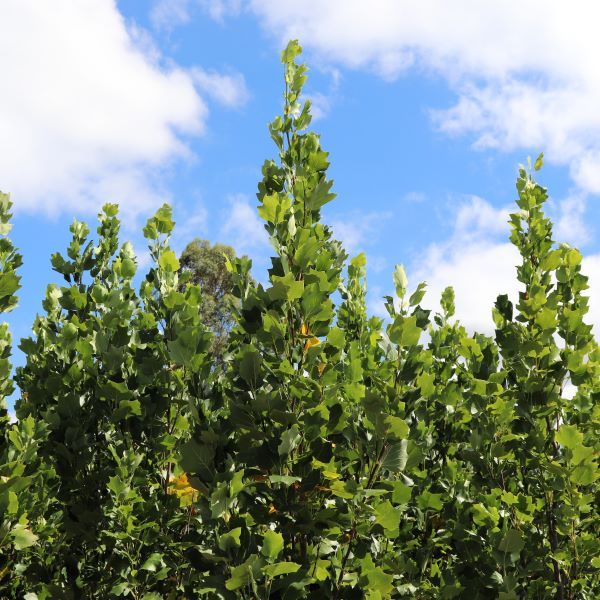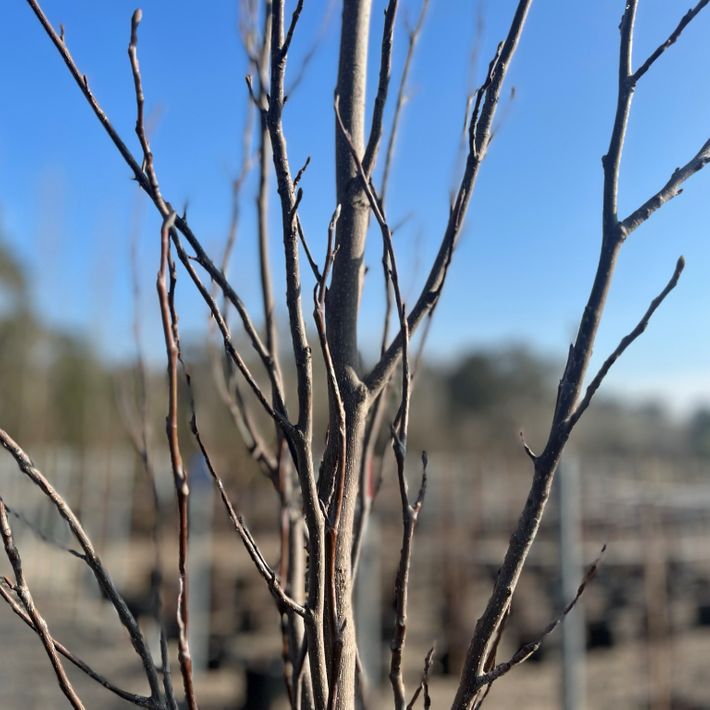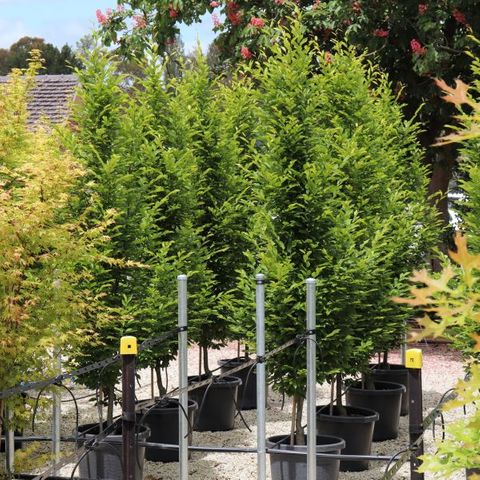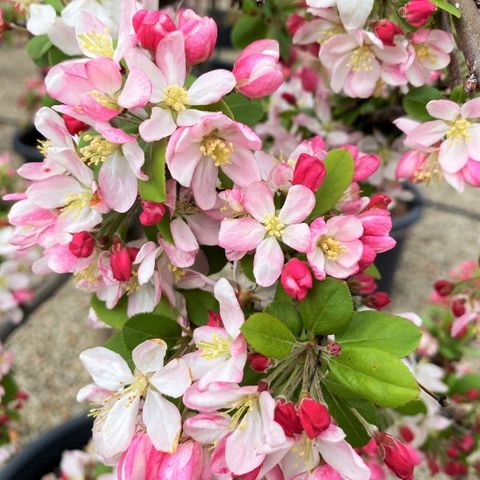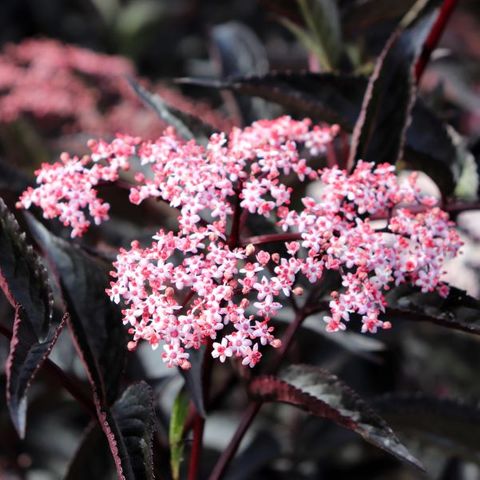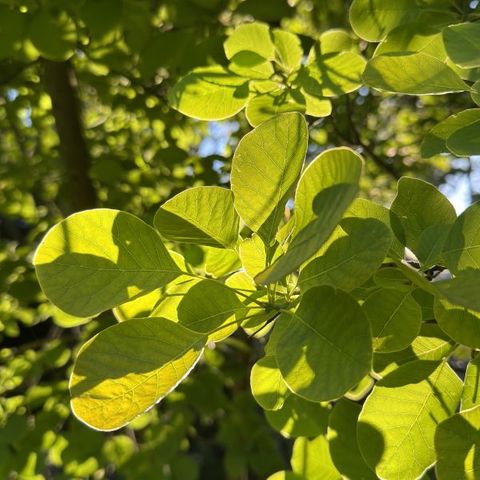Liriodendron tulipifera Fastigiatum
Commonly known as the Tulip Tree, Liriodendron tulipifera Fastigiatum is characterized by its narrow, columnar growth habit, which sets it apart from the typical broad and spreading form of the species. Its glossy, bright green leaves turn a vibrant yellow in autumn, adding to its seasonal appeal. In late spring to early summer, mature trees bear large, fragrant flowers high in the canopy. These flowers are greenish-yellow with orange centres, closely resembling tulip flowers, thus giving rise to its common name.
Cultural
While Liriodendron can tolerate some wind and frost, it is advisable to protect them from harsh summer winds, which can damage its foliage.
Soil:
Prefers a fertile, well-drained soil.
Aspect:
Full sun to part shade.
Maintenance:
Young plants will benefit from formative pruning and fertilising in spring but mature require little maintenance. Prune in winter to maintain shape or remove any damaged or diseased growth. Will benefit from a yearly application of mulch.
Water Requirements:
Will tolerate dry periods once established but performs better with adequate moisture.
Seasonal Interest:
Summer flowering, autumn foliage colour.
Landscape Uses
Perfect as a specimen tree in landscapes seeking vertical accents. It is also ideal for planting in rows, creating narrow screens or hedges. Its columnar form makes it particularly striking as a driveway tree, forming an impressive avenue. Over time, its fastigiate growth will develop into a teardrop shape, enhancing its appeal as a feature tree.
Dimensions
Height from 10-15m
Widt from 2-4m
Widt from 2-4m


